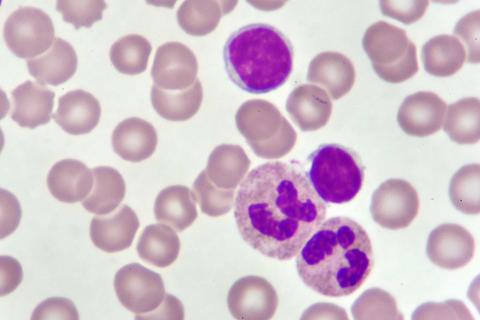
An artificial intelligence (AI) tool can predict the probability of more than 1,000 diseases based on a person's medical history, with greater accuracy than existing technologies, which focus on fewer pathologies, according to the authors in Nature. This model, called Delphi-2M, is also capable of simulating health trajectories for up to 20 years. The tool was trained with health data from 400,000 people in the United Kingdom and tested using data from nearly two million people in Denmark.

If the United States did not change the time twice a year, there would be a lower incidence of obesity and strokes. This is the conclusion of a study by Stanford University (USA) published in PNAS that compared how three different time policies — permanent standard time (winter), permanent daylight saving time, and biannual time changes — could affect circadian rhythms and the health of the population. By modelling light exposure, circadian impacts and health characteristics county by county, the researchers estimate that permanent standard time would prevent about 300,000 cases of stroke per year and reduce the number of people with obesity by 2.6 million, compared to biannual changes. Permanent daylight saving time would also be positive, although with a smaller impact.

Infections caused by the fungus Candidozyma auris—formerly known as Candida auris—continue to rise, warns a report by the European Centre for Disease Prevention and Control (ECDC). Spain reported 1,807 of the 4,012 cases in 36 European countries between 2013 and 2023, the highest number ahead of Greece (852 cases) and Italy (712), according to the survey. This microorganism spreads particularly in hospitals, causing infections that are often resistant to existing drugs.

An international team has analyzed data from 17 studies in 10 countries involving more than 9,000 participants and concluded that childhood obesity prevention programs focused on mothers and fathers do not appear to have an impact on young children. According to the authors, who published their findings in The Lancet, broader, coordinated, and well-resourced public health actions are needed.

More than 350 million people in North America and Europe may have been affected by fine particulate matter (PM2.5) pollution from the 2023 Canadian wildfires, according to estimates from a study published in Nature. The authors estimate that 5,400 acute deaths in North America and 64,300 chronic deaths in North America and Europe were attributable to exposure to these particles originating from Canadian forest fires.

Using data from the 180 companies with the highest carbon emissions—fossil fuel and cement producers—research has calculated that these companies contributed 50% to the increase in heatwave intensity since 1850-1900. The authors estimate that the individual emissions of each large polluting company may have contributed to the occurrence of between 16 and 53 heatwaves. The study, published in Nature, also shows that a quarter of the heatwaves recorded between 2000 and 2023 would have been virtually impossible without anthropogenic climate change.

A study co-led by the Hospital Clínic-IDIBAPS in Barcelona presents a new methodology for studying the origin and evolution of cancer and predicting prognosis. This approach is based on the study of epigenetic DNA methylation signatures in the specific case of a type of leukemia, chronic lymphocytic leukemia. The researchers, who publish their results in the journal Nature, suggest that the tool could also be applied generally to other tumors.

A Canadian team analysed samples from women undergoing in vitro fertilisation and found that higher concentrations of THC metabolites—the main psychoactive substance in cannabis—were associated with a higher rate of oocyte maturation and a lower number of embryos with the correct number of chromosomes. The latter could be replicated at similar concentrations under laboratory conditions. The authors, who published their findings in the journal Nature Communications, acknowledge that the study does not have sufficient statistical power to draw conclusions, but it does warn of possible risks to women's fertility.

The miscarriage rate is higher in women who have had a computed tomography scan before pregnancy than in those who have not been exposed before conception, according to a study published in the Annals of Internal Medicine. The research includes data on more than five million pregnant women in Canada between 1992 and 2023. According to the study, the miscarriage rate increases with the number of scans: from 117 miscarriages per 1,000 pregnancies in women who have had a single test, to 142 in those who have had three or more – compared with 101 miscarriages per 1,000 pregnancies in women who have not had a previous scan.

The cyanobacterium Prochlorococcus, the smallest and most abundant photosynthetic organism on Earth, is an important producer of oxygen and is crucial to marine ecosystems. A team from the United States has collected data from ships sailing the Pacific Ocean over a ten-year period and concluded that these cyanobacteria could experience population declines of between 17% and 51% in tropical oceans by the year 2100, depending on the warming scenario. The results, which are the product of modeling work, are published in the journal Nature Microbiology and indicate that this microorganism is more vulnerable to climate change than previously thought.